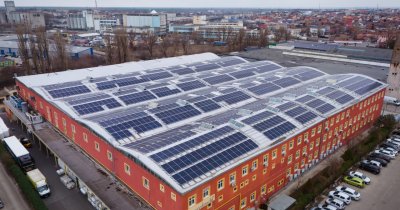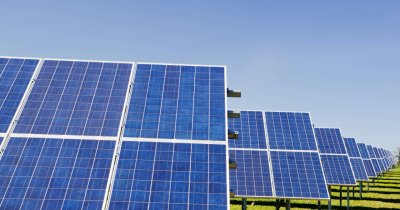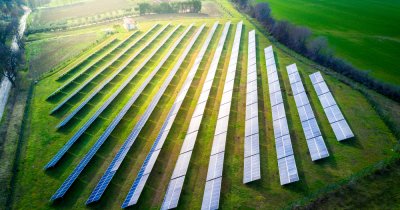What are e-fuels
First and foremost, we have to define e-fuels or synthetic fuels, which are a form of fuel produced with the help of renewable electricity, water and carbon dioxide from the atmosphere or hydrogen. When they are burned inside an internal combustion engine, they still release some CO2 emissions, but because they are made using renewable power, they are considered carbon neutral.
Some experts say that e-fuels are already compatible with existing ICE-powered vehicles, but also with planes and ships, which means that they are theoretically not difficult to implement.
Furthermore, e-fuels could also be distributed to heating systems that operate on gaseous and liquid types of fuels. E-fuels should not be confused with biofuels, which are made from biomass.
Not all e-fuels are made the same way, as for example e-kerosene, e-diesel and e-methane are made from CO2 emissions, which can be captured from the atmosphere or in another way.
E-fuels advantages
As with everything, there are both advantages and drawbacks when it comes to the production of e-fuels and using such alternatives to power our various vehicles. Let's look at the bright side for now.

E-fuels are produced with renewable power coming from sources such as wind and solar power, which means that they don't generate emissions in the production phase. Furthermore, they can help us reduce carbon emissions from the atmosphere, as producing some sorts of e-fuels requires us to capture carbon emissions, which further reduces our footprint.
Compared to traditional fuels, such as gasoline and diesel, they release significantly less nitrogen oxide and particulate matter, which makes them healthier, although still not completely harmless.
They are backwards compatible with current engines and heating systems, which means that, if we had a sufficient quantity of e-fuels, we would be able to use them starting today.
E-fuels drawbacks
And here is where I'll switch to the downsides of using e-fuels as a way to power our cars, planes and more.
First of all, e-fuels are not produced at a large enough scale for what we currently need and while technically, only from 2035 they will replace gasoline and diesel in newly sold cars, industry members need to hurry to ensure enough supply is available.
Remember when I mentioned the raw chemicals needed for the production of e-fuels, carbon dioxide and hydrogen. Well, carbon capture isn't yet at the scale that we need in order to produce enough e-fuels to satisfy global demand.

Additionally, hydrogen production isn't there either and we need to use that gas for other purposes, as well, including EVs powered by fuel cells, which don't release any emissions whatsoever.
Chile opened the world's largest e-fuel production facility back in 2021, which could make 550 million liters per year, a project backed by Porsche, while Norsk e-Fuel could open another facility in 2024 with a production capacity of 25 million liters by 2026. The second project will be focused at the aviation industry, however.
Experts at the NGO Transport & Environment say that, by 2035, there will only be enough e-fuels supply for around 2% of Europe's cars, which means that EVs could have the upper hand.
Also, compared to regular diesel and gasoline, e-fuels could have a 50% higher price tag at the pump by the next decade, which could drive more drivers towards battery-powered cars, assuming that the price of electricity will be more reasonable.
E-fuels versus batteries
On the other hand, the higher price and the potential limited supply might cause a drop in the interest for these kinds of vehicles and could spark an increased adoption of EVs. The side effect of this could be that carmakers who decide to still manufacture ICE-powered cars instead of switching to full electric could waste research and production resources.

Battery and hydrogen-powered vehicles are still believed to be the real clean and eco-friendly alternative for now, as more models are announced or released almost on a weekly basis and they are completely emissions-free when it comes to operating on the roads.
Ultimately, e-fuels are one final attempt carmakers are making towards extending the lifespan of polluting fossil-powered cars, which will inevitably go away sooner or later in order to make room for the new green way of personal, public and cargo transport.
 Mihai - Cristian Ioniță
Mihai - Cristian Ioniță












Any thoughts?